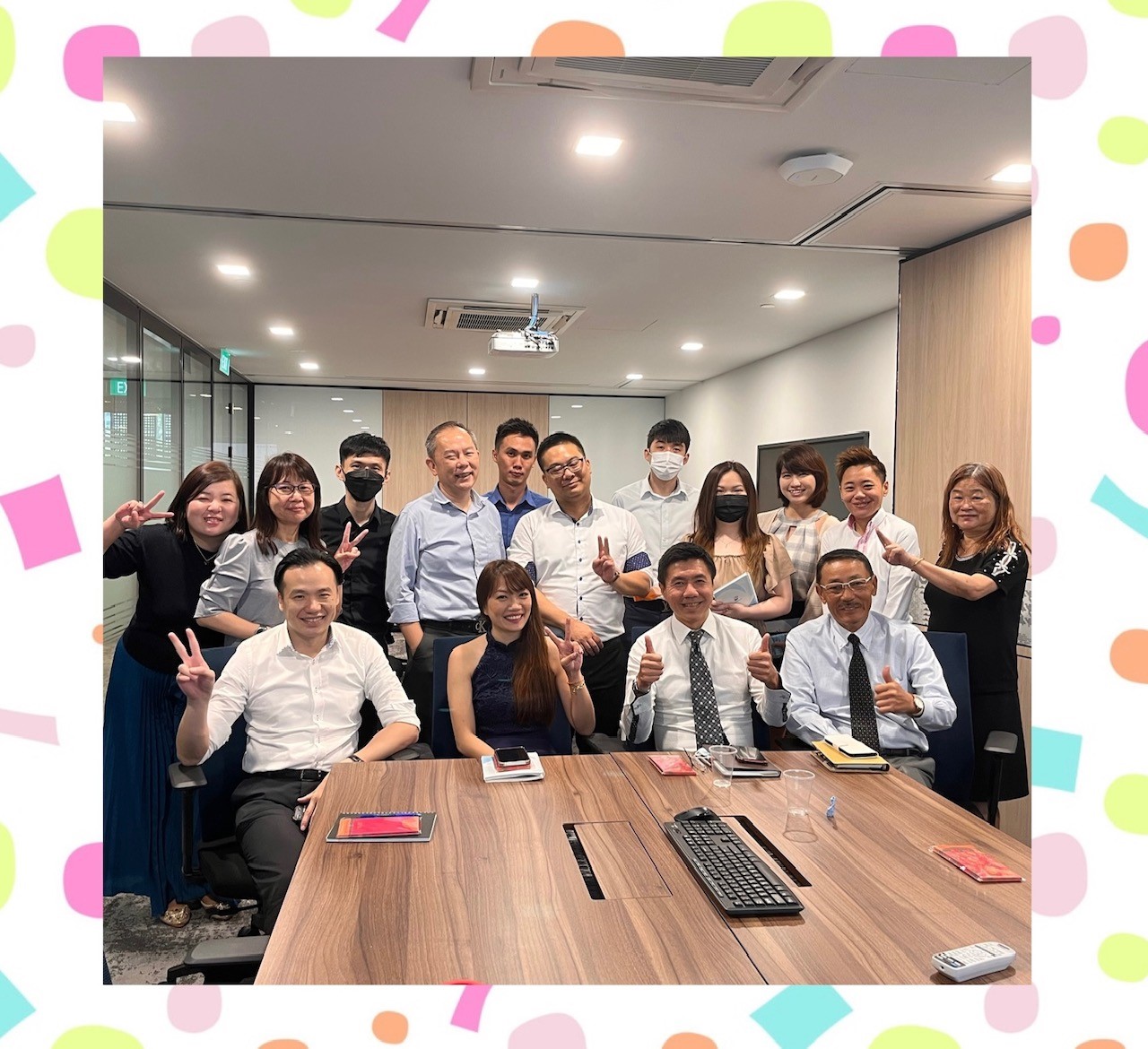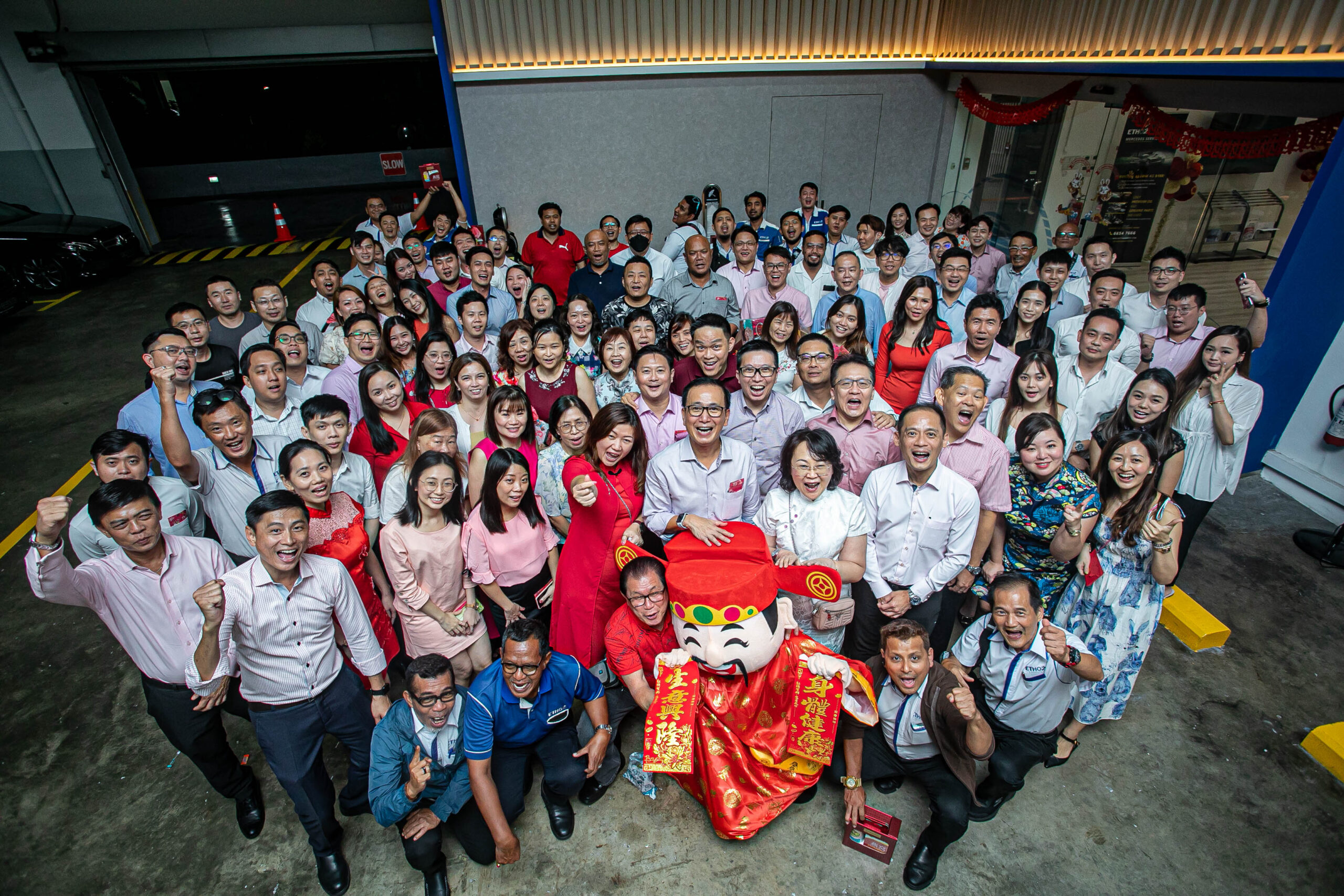
Introduction:
With the global economy recovering from the COVID-19 pandemic, countries around the world, including Singapore, have been facing headwinds of high inflation of basic goods and necessities due to heightened demand and scarcity of resources. Being a resource-scarce country, Singapore needs to import most of our daily essentials, including energy needs. As a small trading country, Singapore is also vulnerable to supply shocks caused by geopolitical tensions, therefore we were greatly impacted by the ongoing Russia-Ukraine war that drove oil prices to soar and hence the surge in electricity prices.
Solar Energy Potential:
In Singapore, approximately 95% of electricity is produced using natural gas, one of the cleanest fossil fuels but whose prices have skyrocketed tremendously amid the global energy crunch. Despite our geographical constraints, Singapore aims to increase our solar capacity to reduce reliance on imported energy sources and lower carbon emissions. Fortunately, Singapore is located near the equator where there is abundant sunlight all year round, therefore Solar energy will be our best renewable energy source that is infinite and will not create harmful greenhouse gas emissions.


What is Solar Energy?
Solar energy works by converting energy from the Sun into power, through the use of Solar panels, also known as photovoltaic (PV) panels which contain semiconductor materials that can generate direct current (DC) electricity when exposed to sunlight. To make this electricity usable for homes and businesses, an inverter is used to convert the DC electricity into alternating current (AC), which is the type of electricity used in most electrical systems.
Solar power can be generated in various scales, from small rooftop installations to large solar farms that produce electricity for the grid. After several years of R&D and test-bedding, we are now home to one of the world’s largest floating solar systems at Tengah Reservoir, with a capacity of 60 megawatt-peak generated by 122,000 solar panels. Advancements in solar technology have been instrumental in making solar power more efficient and accessible now. These breakthroughs not only make solar power more cost-effective but also enhance its viability as a mainstream energy source. Furthermore, as Solar energy generation is not affected by the spike in natural gas prices and is infinitely generated by the Sun in a tropical country like Singapore, it is definitely cheaper than buying from the public electricity grid.
ETHOZ Solar Ltd
Echoing Singapore’s sustainability efforts, ETHOZ started Solar PV leasing services in China from as early as 2016. To date, we have served more than 300 live contracts and generated electrical capacity of up to 300MWP in China.
In 2022, Solar PV leasing services (https://www.ethozgroup.com/solar-energy/) was also added to our existing range of services and solutions in Singapore. ETHOZ Solar Ltd firmly believes in the concept of monetising rooftops and making them work hard for customers, instead of idling the rooftops away. With solar panels installed on rooftops, electricity generated from the solar panels during the day help to meet the business’s electrical needs. Excess electricity that is not consumed will then be sold back to the grid, reducing the electricity bills thus improving the business’s profitability. Companies also build trust and credibility with their stakeholders when they commit to Corporate Social Responsibility (CSR) efforts and stay aligned with the Government’s Sustainability objectives.

ETHOZ’s Solar Ltd (ESL) Package
Embarking on ETHOZ’s solar energy journey with us is relatively easy in 3 simple steps:

1. Design and approval of the Power Purchase Agreement (PPA)
2. Construction and installation of solar panels on customers’ rooftops
3. Commission and enjoy savings from the new electricity tariff
The solar-generated electricity will be sold to customers at a discounted tariff for a period of 10 years defined in the PPA. ESL will bear the full system cost of operations and maintenance from start to end. After the contractual period ends, the full solar system will be transferred to customers at no cost and they will not need to pay any electrical tariff to ESL thereafter.
Benefits of ESL’s PPA:
– ESL: Quality accredited and professional one-stop service provider
– No upfront capital investment
– Better rate of electricity from ESL compared to buying from retailer
– Rooftop assessment done by ESL
– Hassle-free installation of Solar PV system done at customers’ premise with minimal disruption to customers’ business
– Short agreement period of 10 years with 0 maintenance cost
– EV charging solution provided in PPA
– Ownership of Solar PV system after 10 years and enjoy full benefits
Find out more information at https://www.ethozgroup.com/solar-energy/ and get in touch with us for your Solar energy enquiries. Enjoy infinite renewable energy source with great cost savings and partner with us to contribute to global sustainability today!












